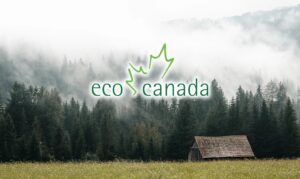Workplace fire safety should be a top priority for Canadian businesses — fires kill roughly eight people in Canada every week, Fire Safety Canada reveals. The Covid-19 pandemic has forced significant changes in the workplace, and fire safety standards, in particular, have been greatly impacted. In addition to accounting for employees working from home, employers must also work to protect vulnerable employees and update evacuation protocols accordingly.
Working from home
In normal circumstances, healthy people with good hygiene don’t have to worry too much about getting sick while travelling or commuting. However, with the onset of Covid-19, unnecessary travelling runs the risk of spreading the virus, and proper measures must be taken to travel safely. Moreover, an increasing number of employees now find themselves working from home, and therefore should be encouraged to adhere to fire safety standards. Smoke alarms should be checked regularly and be in working order, and all members of the household should know what to do in case of fire.
Electrical equipment should be used safely: check the amperage and wattage of appliances before plugging them into extension leads or sockets. To avoid starting a fire, the total current rating shouldn’t exceed the lead’s maximum current rating, and wattage should stay under 3000W. At the end of the working day, electrical equipment should be unplugged, doors closed, candles and cigarettes extinguished, and heaters switched off.
Protecting vulnerable employees
Employees with certain health issues may need to take special precautions to protect themselves at work. For example, employees with chronic conditions like diabetes, heart disease, asthma or multiple sclerosis (MS), or employees who are pregnant, over 70 years old or seriously overweight (with a BMI of 40 or over) are particularly vulnerable. Employees from this group may therefore need to work in a separate office apart from people. Fire safety protocols must be updated accordingly to protect these workers. In particular, there should be suitable evacuation routes to allow them to escape in the event of a fire. Personal Emergency Evacuation Plans (PEEPs) for staff should be reviewed and updated to include all staff currently working and address new risks posed by new working schedules or locations.
Evacuation and social distancing
Social distancing guidelines encourage workers to stay six feet apart from each other. However, this may be disrupted in the event that a fire alarm goes off. When the alarm sounds, it’s essential that everyone in the building heads straight to the nearest exit and meets at a predetermined assembly point. Although social distancing may be broken during the evacuation, it’s important that employees continue to follow health and safety guidelines once at the assembly point. All employees must be informed of any changes to the assembly point location as soon as possible.
The Covid-19 pandemic has resulted in serious changes to the workplace, and updating fire safety standards is a task that shouldn’t be neglected. Protecting vulnerable employees and those now working from home, along with updating evacuation protocols, will minimize the risk of fire and ensure people act appropriately if a fire does occur.
Contributed by Kat Atherton



